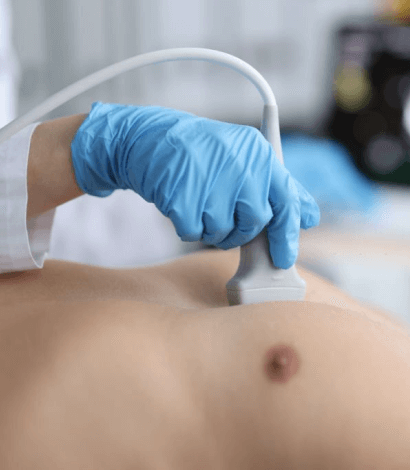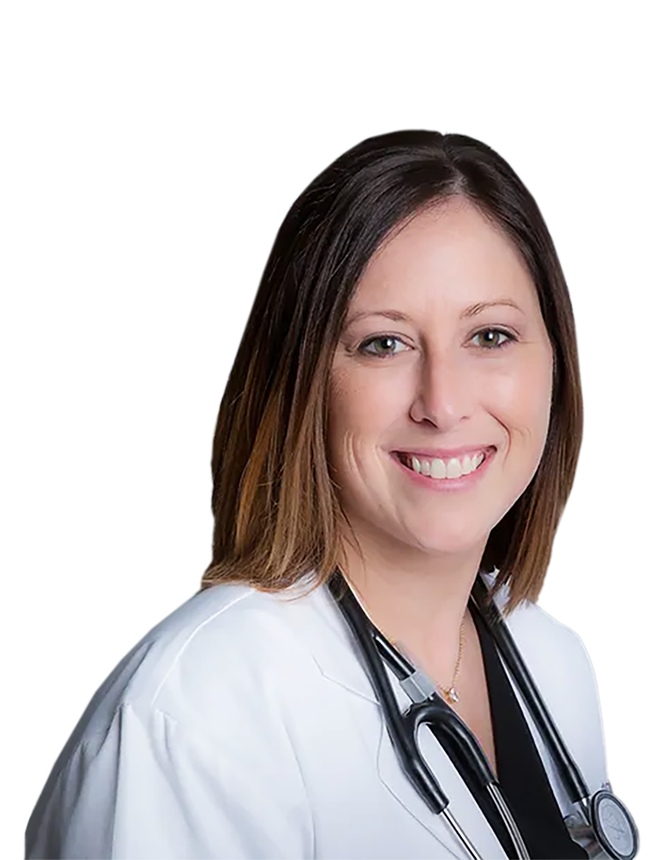Cardiovascular Imaging
& Diagnostics
Cardiac imaging provides pictures of your heart and cardiac vessels to see how your heart is performing. The noninvasive diagnostic tests – including X-rays, CT scans, and ultrasounds – help us diagnose various heart and vascular conditions. At Cardiovascular Medicine, we offer advanced imaging tests so we can successfully treat and manage all types of cardiovascular diseases.
When to See a Cardiovascular Specialist
If you are at risk for heart disease or have symptoms that concern you, our comprehensive testing can help identify any issues. Conditions that we diagnose with cardiac imaging include:

Diagnostic Testing
Our range of cardiac diagnostic tests can provide the information you need to make informed decisions about your healthcare. Deciding which test is right for you will depend on several factors, including your symptoms and individual circumstances. Our diagnostic testing options include:
Cardiovascular Treatments
We offer an array of procedures to treat and manage your cardiovascular condition so you can feel better. Working alongside you, we design a treatment plan that will allow you to feel better and return to doing the things you love. Our treatment options include:
Testing for Leg Vein Disorders
Diagnosing Leg Vein Disorders
Venous disease impacts more than 30 million Americans. Leg vein disorders are conditions that occur when the veins in the legs become diseased or abnormal. They result when vein walls become weak, damaged, stretched, or injured, which prevents veins from working normally.
When veins aren't able to work as they should, blood will flow backward and pool in the legs, creating unusually high pressure in the veins. Venous disease includes conditions such as spider veins, varicose veins, and chronic venous insufficiency.
Leg vein disorders can cause pain and discomfort, as well as put you at risk for further disease. If you suspect vein disease or have signs or symptoms of a vein disorder, it's important to get proper testing to understand what is happening with your body. Since veins are the blood vessels that carry deoxygenated blood from your organs and tissues back to your heart, it is critical that they function properly.
Testing for Leg Vein Disorders
Leg vein disorders can interfere with your health if they progress. For this reason, it's important to identify venous disease and begin treatment when necessary.
To start, we'll conduct a physical exam, which will involve observing your legs for swelling and learning about your symptoms. We may need additional testing to see how well blood is flowing through your veins.
We will recommend a course of treatment depending on what our testing shows. Milder forms of venous disease can be treated with compression stockings, leg elevation, strengthening leg muscles, and avoiding prolonged periods of standing. If you have a more advanced form of venous disease, we offer a number of minimally-invasive treatment options.
Recovery
Risks & Side Effects
An ultrasound is a noninvasive procedure that can be extremely useful in diagnosing leg vein disorders. The use of venous Doppler ultrasound for the legs is considered safe, with no known risks or side effects.
If we need to perform further radiographic tests, such as an MRI or CT scan, risks and side effects vary but are generally minimal. MRI doesn’t pose a risk to the average person; however, it is not recommended for pregnant people and those with certain implanted medical devices. CT scans use X-ray, which puts off radiation; it is low risk for most people except those who are pregnant.
Am I a Candidate?
Determining if you’re a candidate for leg vein disorder testing will involve a combination of physical examination and symptom assessment. Varicose veins are very common, affecting one-third of all people. However, certain conditions can make you more likely to experience venous disorders.
If you’re experiencing symptoms, we encourage you to come in for an assessment.
More on Diagnosing and Treating Leg Vein Disorders
Venous Disorders We Diagnose and Treat
Our doctors are experienced in diagnosing and treating a wide range of venous disorders, including:
- Varicose veins, enlarged veins in the legs that can be blue, red, or flesh-colored and are often raised above the skin, looking like twisted, bulging cords. Not merely a cosmetic issue, untreated varicose veins can progress to chronic venous insufficiency, which is a more serious form of venous disease.
- Chronic venous insufficiency, a progressive medical condition resulting from the pooling of blood in the lower legs. Symptoms include ankle swelling, fatigue, restless legs, and pain in the legs. Over time, skin changes and leg ulcers may occur.
Tests to Determine Blood Flow in Your Legs
- Blood tests
- Venous Doppler ultrasound of the leg, a noninvasive test to observe blood flow and detect possible blood clots
- Radiographic imaging, including CT scans, MRIs, or X-rays, to rule out other conditions that could be causing your symptoms
Minimally-Invasive Treatment Options for Advanced Venous Diseases
- Radiofrequency Ablation
- Non-Thermal Sclerosant
- Non-Thermal Adhesive Ablation
- Sclerotherapy
- Endovenous Laser Treatment (EVLT)
- Stab Phlebectomy
Factors That Can Lead to Leg Vein Disorders
- Being a woman - pregnancy and hormones contribute to the higher risk.
- Age - veins lose elasticity as we age, leading to valves and vein walls not working as they once did.
- Weight - more weight puts more pressure on your blood vessels.
- Family history - venous disorders tend to be hereditary.
- Lifestyle - those who work in professions where they must sit or stand for long periods of time are at higher risk for varicose veins.
- Using tobacco - smokers and users of tobacco products are at a higher risk for varicose veins.
Symptoms of Leg Vein Disorders
- Swelling
- Bulging veins
- Painful, aching legs
- Heaviness in the legs
- Itching around veins
- Skin discoloration and ulcers, if venous disease persists
Meet Your Illinois and Iowa
Cardiovascular Physicians
CVM Locations
Insurance Providers We Accept
In Search of Care? Request a Consultation Today



